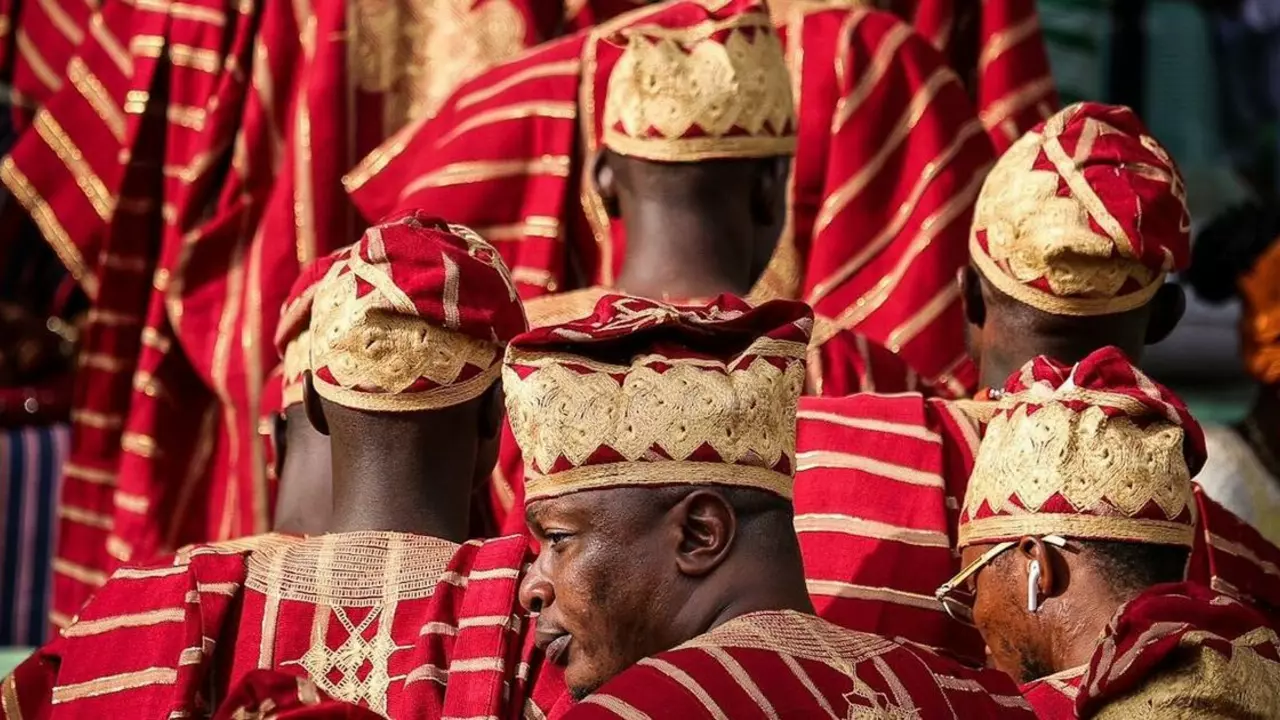The Interplay Between Fashion and Culture
When we talk about fashion, we're not just talking about clothes. We're talking about a language that communicates identity, status, and values without saying a word. Fashion is deeply embedded in our culture, reflecting societal changes, technological advancements, and shifts in attitudes. It is a mirror of time, reflecting historical events, socio-political changes, and cultural shifts. Just as cultures vary across countries and regions, so do fashion trends and styles. When you look at fashion through the lens of culture, you realize that it is much more than just a materialistic concept.
The Cultural Significance of Traditional Clothing
Traditional clothing is a shining example of how fashion and culture intertwine. Cultures around the world have their unique traditional attire that represents their history, beliefs, and lifestyle. These clothes are not just about aesthetics, they carry stories, traditions, and symbolism. From the Sarees in India, Kimonos in Japan, to the Kente cloth in Ghana, each garment is deeply rooted in the culture. By examining these traditional attires, we can learn a lot about a society's values, norms, and history.
How Fashion Reflects Social Changes
Fashion is a powerful social indicator. It can reflect shifts in societal attitudes, norms, and values. For example, the flapper style of the 1920s symbolized women's liberation and the fight for equal rights. Similarly, the punk fashion of the 1970s and 80s was a form of rebellion against society's norms and conventions. Fashion trends can tell us a lot about the Zeitgeist of a particular era, serving as a barometer of societal changes and transitions.
Fashion as a Cultural Exchange
Fashion is also a means of cultural exchange. As people move around the globe, they bring their fashion styles with them, influencing and being influenced by the local culture. This exchange is evident in the fusion styles we see today, where elements from different cultures are blended to create something new and unique. This cultural exchange through fashion fosters understanding, tolerance, and appreciation for different cultures.
Cultural Appropriation in Fashion
However, the intersection of fashion and culture is not always positive. Cultural appropriation, where elements of a minority culture are borrowed and used by members of a dominant culture, often without understanding or respecting the original culture, is a contentious issue in the fashion world. Fashion brands have been criticized for appropriating cultural elements, decontextualizing them, and using them for profit. This highlights the need for cultural sensitivity and respect in the fashion industry.
Fashion as a Form of Cultural Resistance
In some cases, fashion can be a form of cultural resistance. Minority groups often use fashion to assert their identity and resist cultural assimilation. For example, the Black is Beautiful movement in the 1960s used fashion as a form of protest against racial discrimination, promoting African hairstyles and traditional clothing as a form of cultural pride.
The Role of Fashion in Shaping Identity
Fashion also plays a critical role in shaping our cultural identity. The clothes we wear can express our cultural background, our beliefs, and our individuality. They can make a statement about who we are and what we stand for. Fashion can be a way of asserting our identity and connecting with our cultural roots.
Fashion and Globalization
Globalization has greatly influenced the relationship between fashion and culture. With the spread of global fashion brands and the rise of fast fashion, traditional clothing is being replaced by western styles in many parts of the world. While this has led to a homogenization of fashion, it has also sparked a counter-movement of people embracing their traditional attire as a way of preserving their cultural identity.
Conclusion: The Inextricable Link Between Fashion and Culture
In conclusion, fashion and culture are inextricably linked. They influence each other, mirroring social changes, facilitating cultural exchange, and shaping our identity. But the interplay between fashion and culture can also give rise to issues like cultural appropriation. As we navigate the global fashion landscape, it's important to be mindful of the cultural significance of fashion and respect the cultural heritage it represents.
